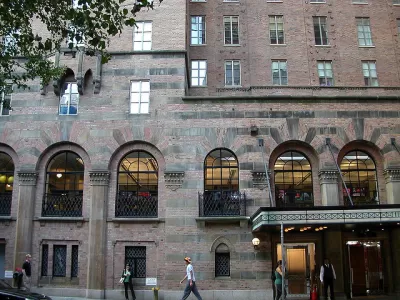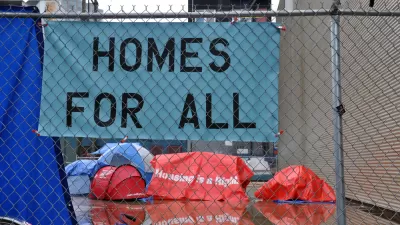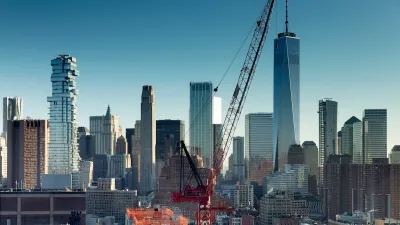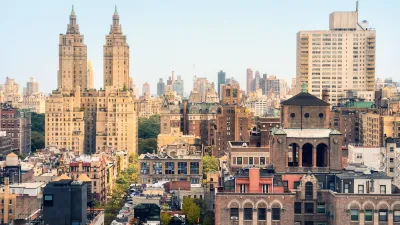A New York Times feature details the re-emergence of the single room occupancy (SRO) unit in the New York rental market. Despite a stigma and an old-fashioned quality, the SRO is becoming a badly needed housing solution.

New York City's rental market "is moving toward a rent-by-the-room model," according to an article by Kim Velsey, as "a response to the imbalance between New York’s large single population and the prohibitively high cost of living alone, and, perhaps not coincidentally, a model that thrived in the last century."
"Although only buildings zoned for single room occupancy, or S.R.O.s, can rent by the room, the market has increasingly found ways to legally — and not so legally — accommodate those seeking rooms rather than apartments," explains Velsey.
"Alternatives range from relatively low-cost apartment shares, wherein brokers represent apartments with multiple bedrooms and help renters find roommates to bring the cost per person down to as low as $650 a month, to luxurious, all-inclusive shared suites in co-living developments, where rooms are priced at as much as $2,900 a month," Velsey adds.
The article includes multiple anecdotes of renters navigating the new/old rental market, and some of the new business models and development models that have sprung up in response to the need for affordable rental housing.
The article also includes details of the rooms-for-rent model of New York's past. It was only the end of World War II, for instance when rooms-for-rent hit a peak in the city at 200,000 available units (currently the city has 35,000 SROs). Luminaries such as Grace Kelly, Liza Minnelli, and Joan Didion all once lived in one particular famous example of a SRO boarding house—the Barbizon Hotel.
FULL STORY: Return of the S.R.O., With a Twist

Manufactured Crisis: Losing the Nation’s Largest Source of Unsubsidized Affordable Housing
Manufactured housing communities have long been an affordable housing option for millions of people living in the U.S., but that affordability is disappearing rapidly. How did we get here?

Americans May Be Stuck — But Why?
Americans are moving a lot less than they once did, and that is a problem. While Yoni Applebaum, in his highly-publicized article Stuck, gets the reasons badly wrong, it's still important to ask: why are we moving so much less than before?

Using Old Oil and Gas Wells for Green Energy Storage
Penn State researchers have found that repurposing abandoned oil and gas wells for geothermal-assisted compressed-air energy storage can boost efficiency, reduce environmental risks, and support clean energy and job transitions.

Minneapolis Bans Rent-Setting Software
Four cities have enacted restrictions on algorithmic software that can inflate rent costs.

Oakland to Add 244 New EV Chargers
Oakland plans to launch its new charging network at eight locations by the end of 2025.

Jane Goodall Inspires with Message of Hope, Resilience, and Environmental Action
Speaking in Pasadena, Jane Goodall offered a hopeful and inspirational message, urging global compassion, environmental responsibility, and the power of individual action to shape a better future.
Urban Design for Planners 1: Software Tools
This six-course series explores essential urban design concepts using open source software and equips planners with the tools they need to participate fully in the urban design process.
Planning for Universal Design
Learn the tools for implementing Universal Design in planning regulations.
Heyer Gruel & Associates PA
City of Moreno Valley
Institute for Housing and Urban Development Studies (IHS)
City of Grandview
Harvard GSD Executive Education
Salt Lake City
NYU Wagner Graduate School of Public Service
City of Cambridge, Maryland





























